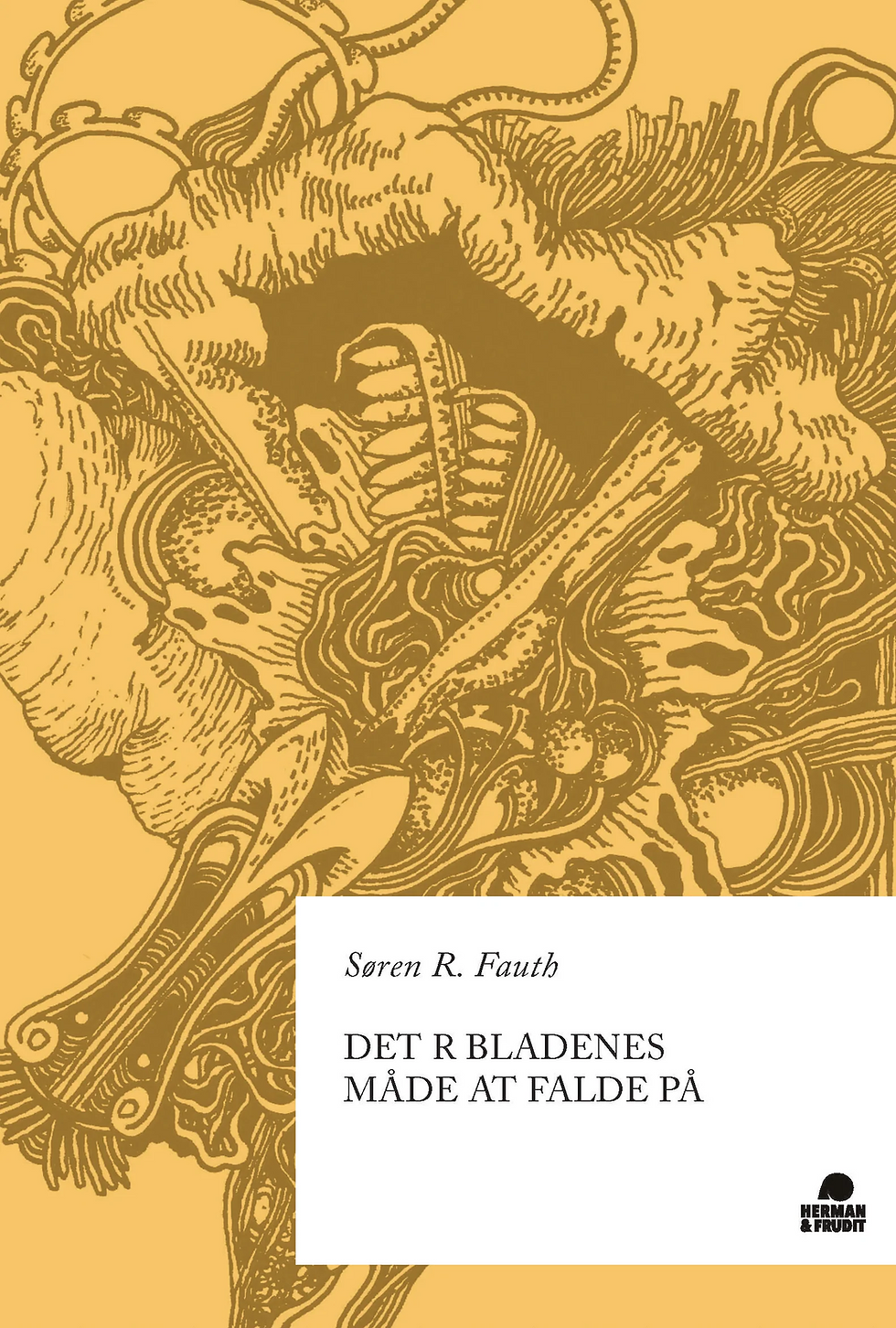Rudolf Broby-Johansen HVERDAGSKUNST-VERDENSKUNST (1943)
- Matt Travers
- Feb 19, 2021
- 3 min read
Updated: Jun 24, 2021

WORKING NOTES TOWARDS A PRESENTATION ON BROBY'S HVERDAGSKUNST-VERDENSKUNST
So the angle I want to present is the idea that aside from being ahead of his time in terms of his modernist poetry sequence, 'BLOD' (BLOOD), it’s also plausible to claim that Rudolf Broby Johansen was ahead in terms of his postmodern art-history project too. In the anglophone world, his art-historical work seems to strongly anticipate the popular materialist approach of John Berger. My take on John Berger’s classic ‘Ways of Seeing’ (1972) is that it attempts to read contemporary art from a 'cultural materialist' perspective whereby he interprets the old classics in order to show how they are built upon class division and covertly, and sometimes humorously, represent what might be described as grim power relations. Even when he is making comparisons to popular culture of the day (or advertising) he does so in a kind of deliberately irreverent way. Broby Johansen on the other hand; what differs in his approach? Why does he collapse everyday art into world art? First, he shows how our contemporary understanding of art as a movement from crudeness to mimesis to conceptualisation is much more contingent and does not follow this linear argument. 'Everyday Art -- World Art' begins begins very strongly with the chapter on ‘ice-age realism’ which notes how the discovery of the brilliant cave paintings were difficult for art historians to accept as legit because it contradicted the standard idea about how art had evolved.

How could the cave paintings, hundreds of thousands of years old, be as mimetically accurate as the paintings of the 1600s? Broby’s answer—a) they recorded subjects which the artists were passionate about (they really had a practical understanding of how those animals lived and how valuable they were to capture), and b) the ‘artists’ were more or less liberated individuals who hunted for themselves or their small family and therefore had more time to be creative and felt no external pressure. He then proceeds to show us how each era of art (e.g. Mesopotamian) created art which a) reflected the needs and social division of labour according to that society, and b) how the traces of that art form can still be found local culture.
He also generates two analytic art-historical concepts to generate movement. 1. Physioplastic: the idea of art as being produced through familiarity with the specific thing represented (but not simply mimetic, because it involves a working understanding and not purely a visual one), and 2. Ideoplastic: the idea that art begins from generic conception and aims to relate ideas which distort reality. Something like that. Need to check it again.
For me, 'Everyday Art--World Art' is exemplary for three grounds: a) very clear and lucid history of key artforms in accessible language which is precise without being clumsily theoretical, b) a convincing account of how these works are in a dialectical relationship with the surrounding society (and its real inequalities) but which doesn’t just look aghast at its encoded cruelties, but rather takes on board Walter Benjamin’s injunction that there’s no work of art without violence seriously and at the same time ‘generously’. Perhaps Broby's guiding principle is not to blame the artist productions of yesteryear, and he is impressive insofar as he refuses to make cheap shots in the name of politics. Perhaps this aligns with Marx and his problematic critque of the so-called lumpenproletariat or the dubious mode of production termed 'oriental despotism 'only to show its relative strengths and weaknesses, and not to morally condemn. Then there’s c) the ingenious pedagogical concept of making each era’s art visible and relevant to us. We see art around us because forms live longer than humans, even if these forms aren’t immutable. By doing so, not only does he educate a populace about art through clear concrete examples which are relevant to them, he also shows how these artworks are encoded with their cultural history and symbolically retain their hidden codes--codes which have a little something to do with the division of labour necessary to achieve them.



Comments